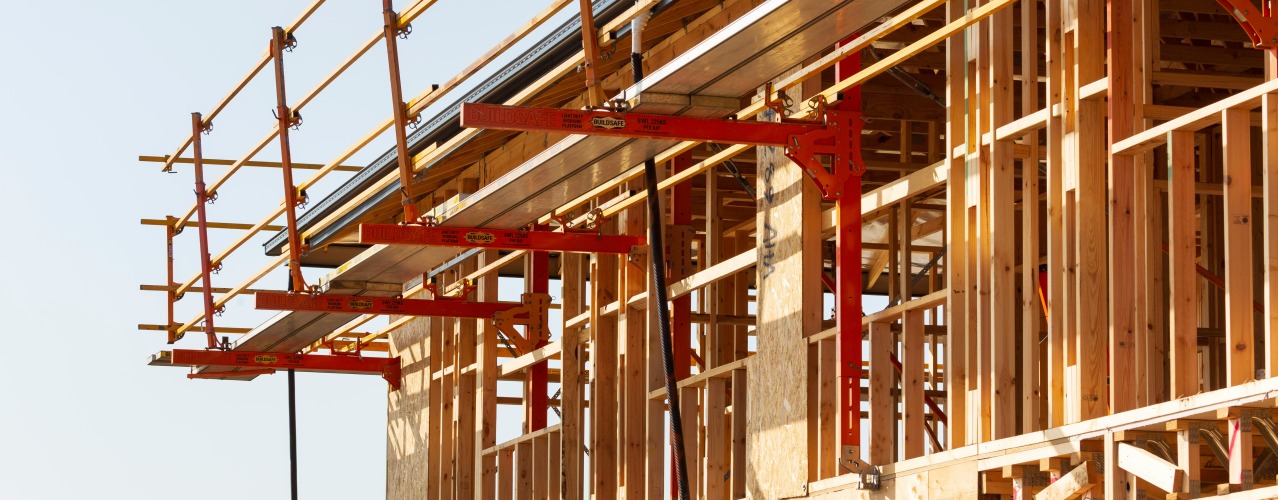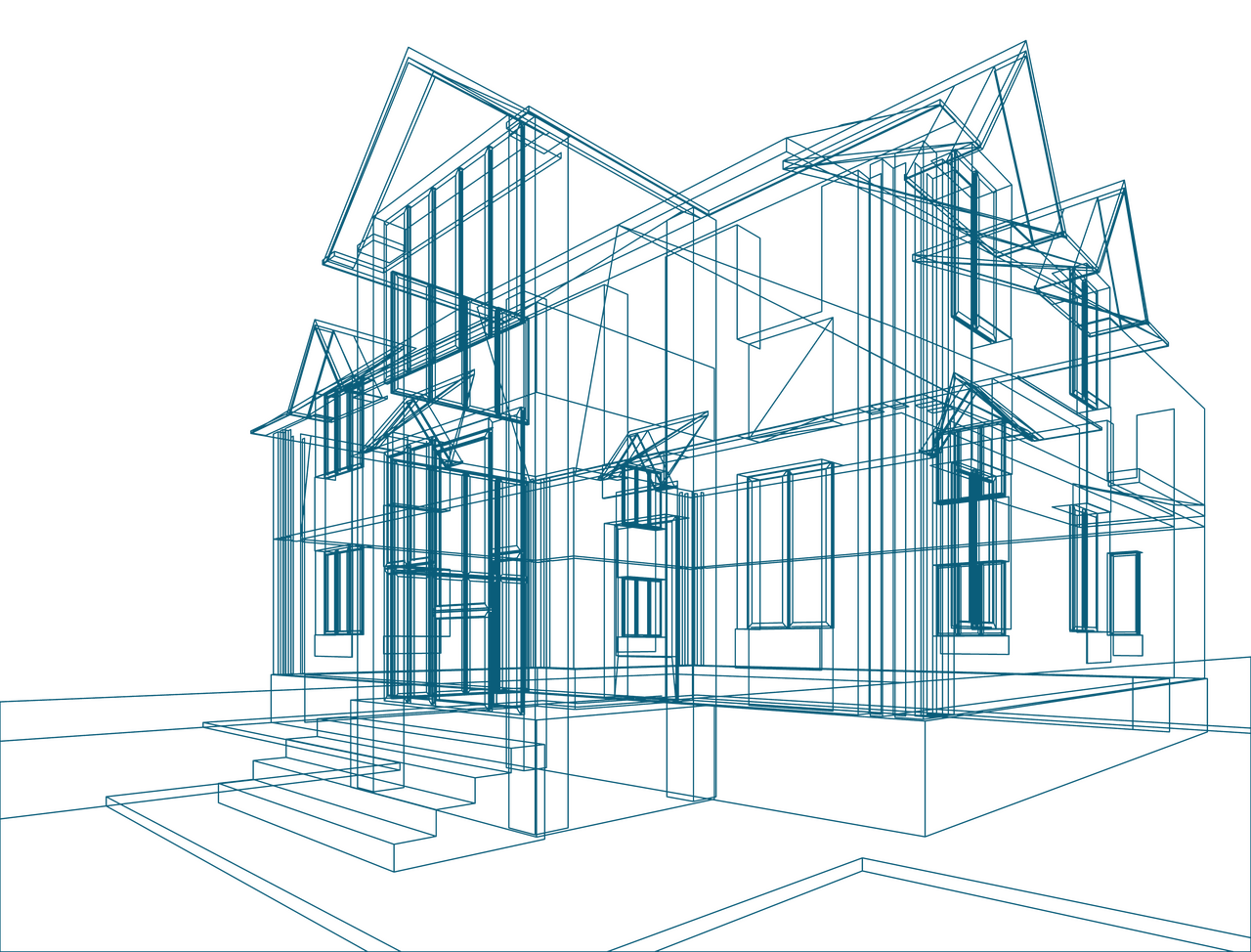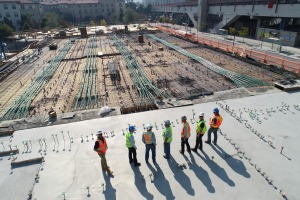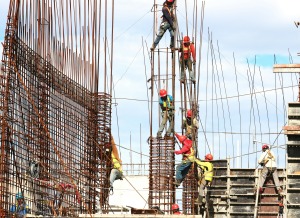

Market report
Future-Proofing Construction: Building Trends
Gain insights into the latest building material trends shaping the European construction market. Reports analyze industry shifts, sustainability trends, and future building volumes based on surveys with 750+ architects.
Blogs I published 26 July 2024 I Dirk Hoogenboom
Building Materials Trends for 2025
Building anything in the past years – be it a DIY-birdhouse, a cozy home or a state-of-the-art skyscraper – has undergone a fairly comprehensive reshaping. Virtually every stage of development, from planning to construction, has seen its share of changes, however the most constant challenge has been the price of materials. A number of things factored into this equation, with a pronounced volatility reigning supreme in the market. So, let’s look at how these trends play out.

Past Context of Building Material Prices
The million-dollar question, hanging heavy in the air is – will prices finally stabilize or are we in for another exponential climb? However, in order to understand where we’re headed in the foreseeable future, it’s vital to find out how we got here. So, we’ll rewind and look at key events that shaped this cascading effect on material costs. An unfortunate global disruption triggered a chain reaction, so let’s explore exactly what led to the tailspin.
COVID-19
Needless to say, a global pandemic rippling into every aspect of everyday life and throwing a wrench into many industries was an immense and sudden pressure on the market. While it’s now slowly recovering from a hefty hit, some sectors are still getting over the aftermath; construction being one of them. An unforeseen spike in demand collided with significant supply chain issues, causing raw material prices (like lumber) to skyrocket.
Ongoing Global Struggles
In the past three years, geopolitical tensions and crises (i.e. the Russo-Ukrainian war) have had a profound impact on the market. Construction experienced further disruptions in supply chains with gas and oil prices surging as a result of the conflict. Since many building materials are closely tied to fossil fuel costs, in terms of production – think steel, aluminium, roof tiles, masonry bricks, namely, big melters and heaters – a strain at the source spans throughout the entire supply chain.
Distribution and Transportation Costs
Say you have a factory full of bricks – already more expensive than usual due to rising production costs – and need to offload some of the volume. Now factor in getting them to a construction site. The transportation doesn’t come cheap, especially when soaring gas prices are layered on top of existing fuel costs used in production. Higher costs of transporting materials get passed down the line, ultimately impacting consumers through increased prices.
Persistent Demand
Despite the various challenges, demand for building materials has remained high, meaning that even with supply chain improvements and other economic shifts, prices have not decreased as much as some might have hoped. The market is still adjusting to prolonged periods of high demand, maintaining elevated prices for many materials.

Post-Pandemic Price Trends
As we move through 2025, the construction market continues to stabilize after the fluctuations of recent years. High interest rates persist, curbing the initiation of new projects and moderating global demand. Prices of gas, oil, and raw materials have shown a steady decline, but this trend has not translated into immediate, significant cost reductions. Manufacturers remain cautious, maintaining production levels and preventing abrupt price drops in building materials. This deliberate approach has led to a gradual and consistent adjustment in prices, fostering a more measured stabilization rather than a sharp downturn.
Prognosis – 2025 and Beyond
Come 2025, we have expected, and to some extent experienced, stabilization in material prices. While the early part of the year may have featured relatively weak prices, a gradual increase is anticipated due to ongoing demand and market stabilization. Prices will vary significantly depending on the type of material, so let’s go over specific materials and expectancies.
Structural Steel
Mainly in the US, but with great similarities, Q4 of 2023 experienced a 6.85% quarter-over-quarter increase, yet remained below the highs of 2022. With 2024, Q1 wasn’t set for a significant change to Q4 2023 – with a year-over-year decrease of 3.75%. Q2 is expected to see a 3.80% decrease.
Copper
While there was a dip in mid-2022, copper prices have generally been trending upwards. This is projected to keep rising due to ongoing demand. However, data shows a surprising price drop for Q2 2024, 10.83%, highlighting the volatility of the market even amidst favourable long-term trajectories.
Concrete Block
A rebound is anticipated in the latter half of 2024 as economic outlooks improve. The hurdles of early 2024 are taking a back seat while supply chain issues are expected to resolve. Later in the year, we expected significant growth, spanning into 2031.
Lumber
A topic we’ve covered in detail elsewhere, lumber is expected to boom. Data indicates a promising trajectory for the lumber market, with a growing preference for wood as a building material across various construction sectors. This shift, combined with ongoing construction activity and a renewed focus on sustainability, positions the industry for sustained growth.
Aluminium
As the financial year draws to a close, analysts are predicting an upswing in the aluminium market. We’re likely to see a confluence of factors creating a year-end surge, fuelled by both seasonal strength and restocking activity.

Influence of Global Markets and Trends
Global market dynamics, particularly the volume of demand in China, will play a significant role in shaping material prices. As one of the largest consumers of raw materials, China’s market activities have a ripple effect worldwide, so any changes in their demand will significantly impact global prices.
Additionally, inflation’s grip hasn’t loosened on building materials just yet. While the overall inflation rate is showing signs of cooling, its impact is still driving up construction material costs. Even though we might see some relief in the future as inflation stabilizes, expect to see generally higher prices for materials throughout 2025.
The Takeaway
After the price volatility of recent years, building materials in 2024 are expected to see a welcome trend of stabilization. However, this doesn’t mean a return to pre-pandemic affordability. Manufacturers are cautiously adjusting production, leading to a gradual price normalization rather than dramatic drops. While some materials like structural steel might see a slight increase, others like copper could experience short-term fluctuations. The concrete block market is poised for a rebound later in the year, while lumber and aluminium are expected to see growth fuelled by demand and seasonal factors. China’s demand for raw materials and global inflation rates will continue to exert influence on prices throughout 2025. Overall, keep prepared for generally higher material costs compared to pre-pandemic levels and stay informed about specific materials and market trends to stay on top of current trends.
Construction Consulting Services for You
We provide tailor-made market research and off-the-shelf reports, both B2B & B2C, qualitative and quantitative. Here are some you might be interested in
Uncover new market vistas through meticulous analysis and foresight.
Leverage market insights to fuel innovative product creation.
Gauge the market expanse to set realistic targets and optimize resources.





